Art & Architecture of Uttaranchal
Synopsis
Art and Architecture of Uttaranchal is the first ever comprehensive study on the art and architectural legacy of the newly formed hill state of Uttaranchal. This mountainous state can proudly boast of being that part of the subcontinent wherefrom the Indian Civilisation developed and proliferated to the pan-Indian dimension. In fact, The Kedarkhand, the classical identity of this region, formed an integral part of the Aryavart or the Bharat. Since the first settlement of the Indo-Aryans in the Gangetic plains, the snow-clad Himalayan ranges of Kedarkhand have been the source of perpetual attraction and inspiration to the multitude of humanity the world over. This region has been the grand repository of diverse cultures since the Khasha and Kirati cultures intermingled here ages ago. And, as the wheels of time rolled by, innumerable ethno-cultural milieus developed, flourished and vanished here. The imprints of all those past identities are still buried under the substratum of the dominating Brahminic culture. Obviously, Uttaranchal should be one of the archaeologically richest parts of the sub-continent. In the present study, an attempt has been made for the first time to discover all those subterranean evidences--material and non-material--to present a wholesome picture of the cultural scenario of Uttaranchal in all its vividness. While the material evidences of the two most dominating religions in the history of this region--Buddhism and Brahminism--have been adequately analysed and discussed in the context of the standing temples, the anterior Khasha culture has also been brought to light, and the religious and socio-cultural facets of that exotic culture discussed in the context of the standing wooden temples--the surviving material evidences of what may be defined as the Khasha Architecture. In fact, in the present work, a wholesome and cognisable picture of the past cultures of this region has been presented through Archaeology. In Uttaranchal, the tradition of painting remained confined only to what earlier used to be the Garhwal kingdom. Miniature Painting flourished in that kingdom under the influence of Mughal and Western Pahari schools, ironically without feudal patronage. In such a situation, could an independent school of painting flourish here, is a problem that has been thoroughly discussed. So far, our knowledge about the tradition of painting in Garhwal has remained subjective and biased. It is for the first time that the problem 'whether Garhwal School of Painting' has been subjected to the acid test to ascertain the reality. Nevertheless, the Garhwal atelier did inspire painting on the walls of Guru Ram Rai Durbar at Dehradun, in the akharas and havelis at Kankhal and havelis at Saharanpur. It is again for the first time that the tradition of miniature-painting and wall-painting in Uttaranchal has been studied objectively and in a comprehensive manner in the present work. Art and Architecture of Uttaranchal, therefore, has a legitimate claim to be the pioneering and trail-blazing work in many respects.
Read more
122.40
110.16
$
136.00 $
Free delivery Wolrdwidе in 10-18 days
Ships in 1-2 days from New Delhi
Membership for 1 Year $35.00
Get it now and save 10%
Get it now and save 10%
BECOME A MEMBER

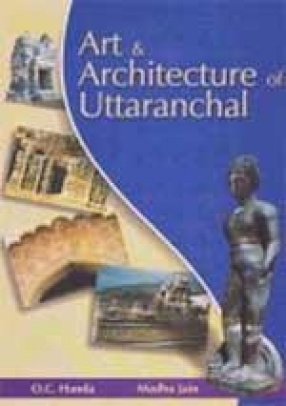
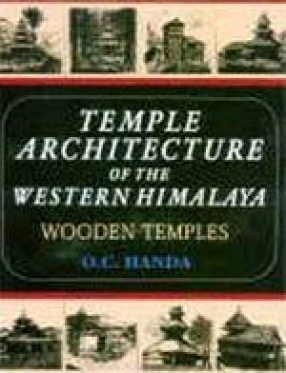
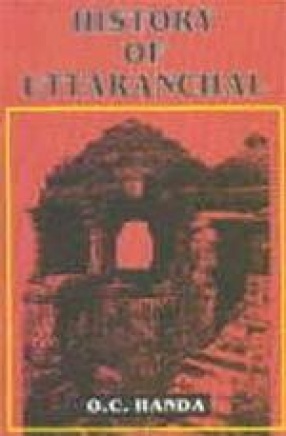
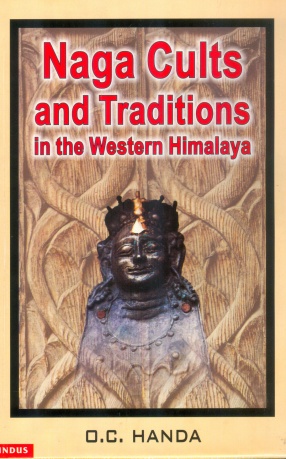
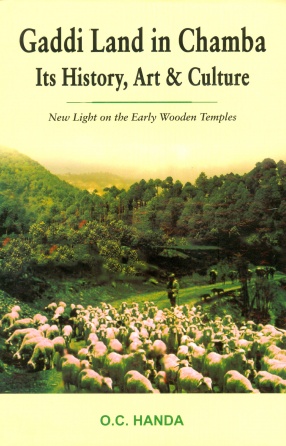

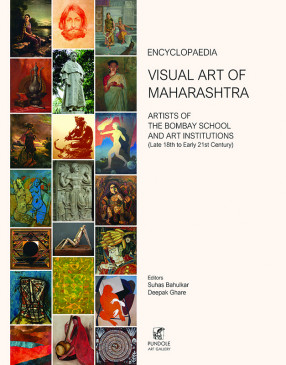
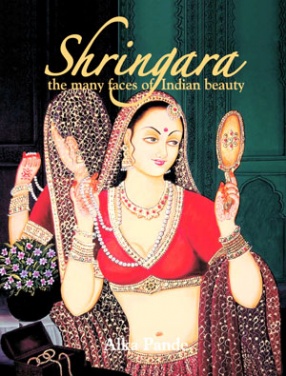
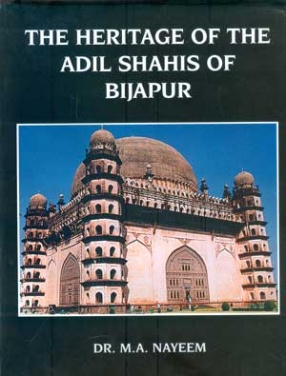

Bibliographic information
O.C. Handa